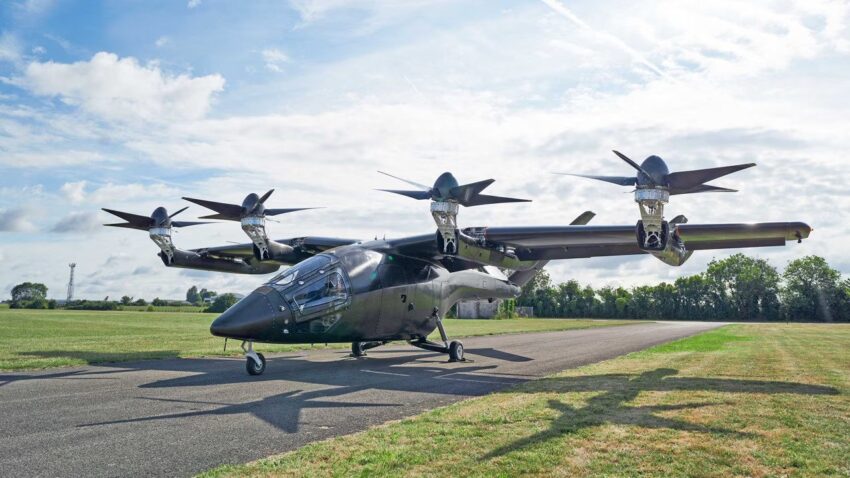Friday, April 19, 2024

Dozens of companies globally are investing in the development of Electric Vertical Take-off and Landing vehicles (eVTOLs), commonly referred to as flying cars or air taxis. These are being actively developed in regions like the United States, Europe, and Asia, suggesting a significant shift in future travel dynamics.
eVTOL aircraft, which operate similarly to drones with their ability to take off and land vertically, are powered by electricity instead of conventional fuel. This innovation offers a greener alternative to traditional aircraft and could revolutionize the way we think about city-to-city and intra-city travel. There are various designs under development, but four common types stand out due to their unique characteristics:
These innovations are distinct from helicopters in their technology and cost-effectiveness, aiming to integrate into everyday travel affordably.
Regulation of eVTOLs is managed by major aviation authorities including the European Union Aviation Safety Agency, the Federal Aviation Administration in the U.S., and the Civil Aviation Administration of China. These bodies have established various rules and certifications that eVTOL producers must meet to ensure safety and operational standards are upheld.
While currently tested in specific sites, the vision for eVTOLs includes their integration into commercial use, potentially transforming urban transportation and providing a new link between cities. This will require infrastructure development such as vertiports and could see eVTOLs being operated by fleets, similar to traditional airlines.
The integration of eVTOLs into the travel and tourism sector could provide seamless, efficient, and environmentally friendly travel options. By reducing travel time and bypassing traditional road and rail infrastructure, eVTOLs could enhance connectivity between destinations, potentially boosting local economies and making remote areas more accessible. However, challenges such as safety perceptions, regulatory compliance, and public acceptance need to be navigated.
Companies like Lilium and EHang are leading the charge, with Lilium focusing on regional flights and EHang targeting urban mobility. Both companies aim to launch commercial services in the coming years, with significant investments backing their ambitious plans.
The global travel and tourism sector might witness a transformative impact with the advent of eVTOLs, reshaping how tourists travel and interact with destinations. As these vehicles become more integrated into the market, they could become a standard part of future travel, offering a quick, clean, and efficient way to explore new locations.
[Image Source: Tech.eu]
Wednesday, May 1, 2024
Wednesday, May 1, 2024